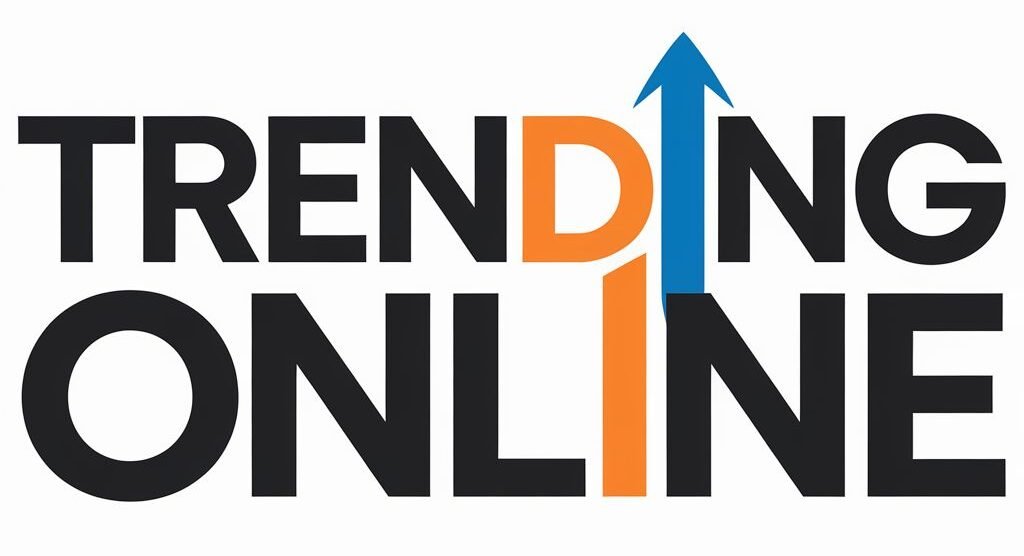After 13 years and R9 billion, Go!Durban still lacks buses
Approximately R9 billion has been spent on the Go!Durban project to streamline public transportation, but there are no buses on the route 13 years later.
The money was spent on infrastructure, fleet procurement, and related professional services, according to municipal reports.
In a general statement, the eThekwini Transport Authority (ETA) stated that it intends to redefine its Integrated Public Transport Network (IPTN) under the GO!Durban programme, presenting a revised strategy aimed at overcoming key challenges in its implementation.
In its efforts to address setbacks, including the prolonged negotiations within the minibus taxi and bus industries that stalled progress in 2021, the ETA’s new strategy reflects a proactive realignment with national priorities and frameworks.
Nelisiwe Zama, acting director of ETA, said they will initiate an in-depth engagement process with all relevant stakeholders, including regional briefings and discussions with affected minibus taxi and bus operators specific to phase one routes of the network.
On Thursday, eThekwini councillors noted the progress made towards the operation of the C3 corridor to achieve an integrated transportation system and preparations for other corridors, namely the C1 and C9, and the inner city to follow suit for an overall improved transport system within the municipality.
Other key points raised for noting were:
- Transition from the Tactical Adjustment Framework to a refined corridor-based Go! Durban Implementation Strategy that aligns with the National Department of Transport (DoT), Treasury, and operator expectations.
- The municipality is preparing for the transformation and devolution of the Public Transport Operator Grant (PTOG), with plans to integrate existing subsidised services and legacy operators into the Go! Durban corridors.
- The refined Go!Durban implementation strategy, with corridor-based rollout, operator negotiations, and quality bus service activation model, will be approved.
- The commencement of structured negotiations and identification of affected operators for Corridors C3, C1, C9, and Inner City Distribution System, to enable compliant Vehicle Operating Company formation and contracting
Councillors also approved the call for continued engagements with the provincial and national DoT and National Treasury regarding:
(a) disbursement and milestone compliance.
(b) institutional support for contract devolution and PTOG integration.
Councillors gave the go-ahead for the establishment of a PTOG Transition Framework and Task Team within ETA to lead planning for the absorption of legacy services and operators into the municipal framework.
At a council meeting, eThekwini Councillor Warren Burne described the report as vague and incomplete, with no mention of cash flow projections.
He said the good intentions for the project from the municipal administration in 2012 were now nothing but a pipe dream 13 years later.
“Here we are years later, trying desperately to breathe life into the matter,” he said.
Councillor Jenni Black said the Go!Durban was an important project for the livelihood of South Africans who would be able to access work opportunities outside of their living area.
“The stakeholders are the residents and ratepayers of eThekwini. We are responsible for how the money is spent,” she said.
Zwakele Mncwango, ActionSA councillor, described the process of noting this item in council as approving a blank cheque, while Sandile Gwala, an IFP councillor, was concerned that the infrastructure along the route would soon need rehabilitation.
Timeline
- In April 2012 municipal council approved Go! Durban IPTN.
- In October 2021, tension around vehicle ownership between the operators and the municipality culminated in a deadlock, with the operators affected along C3.
- In 2022, the eThekwini council commenced with the public participation process with the operators as well as the public on the revised strategy (Tactical Adjustment).
- In 2023, the council approved the tactical adjustment; however, the National DoT did not fully endorse the strategy.
- In May 2025, the strategy was finalised.
zainul.dawood@inl.co.za

